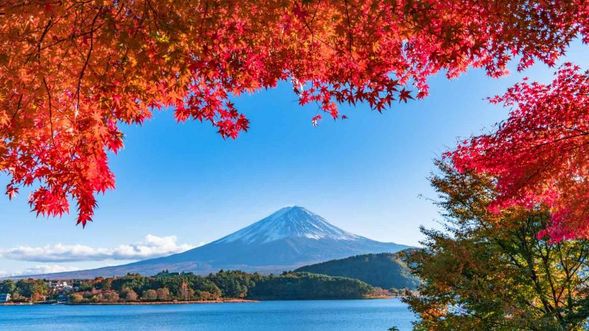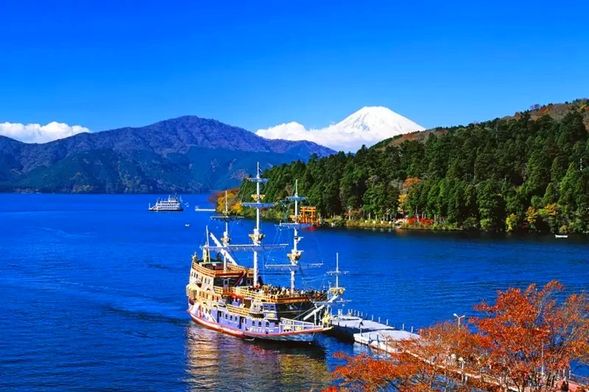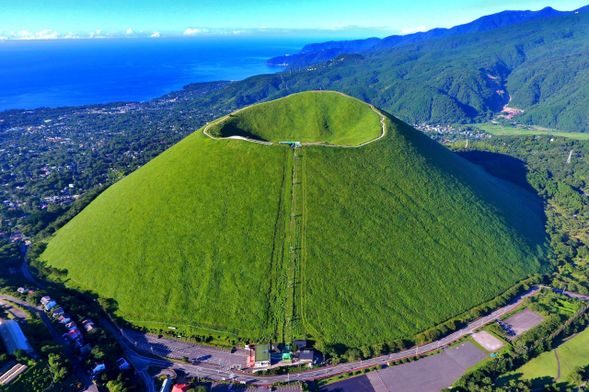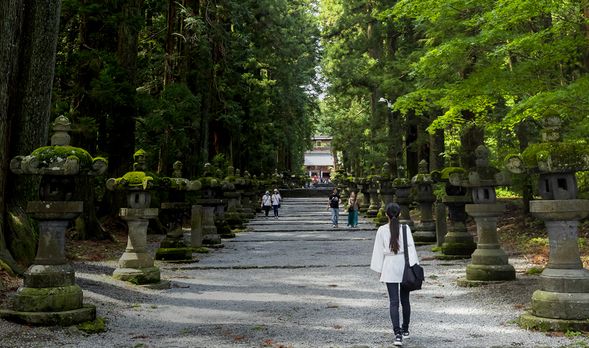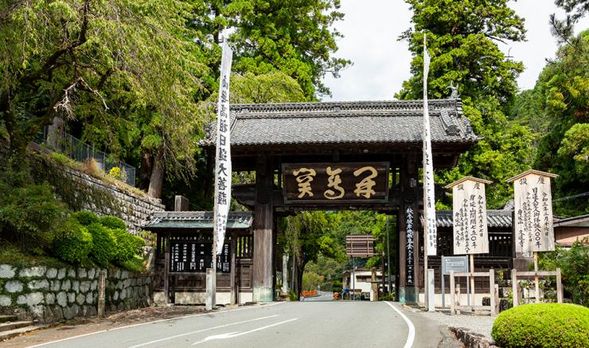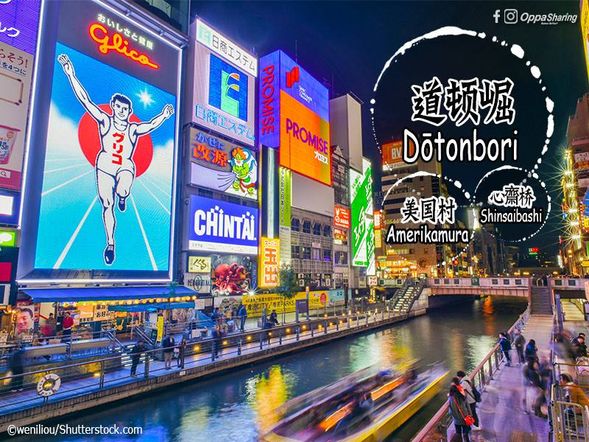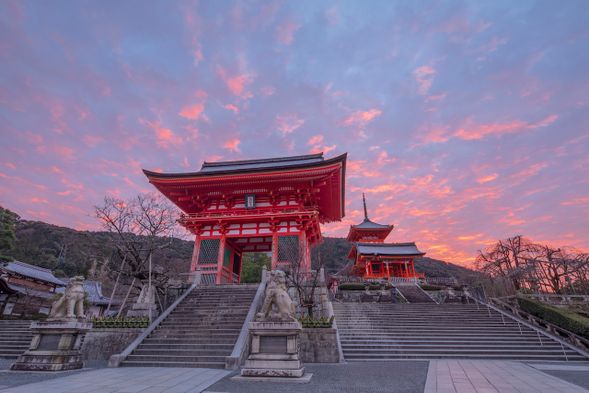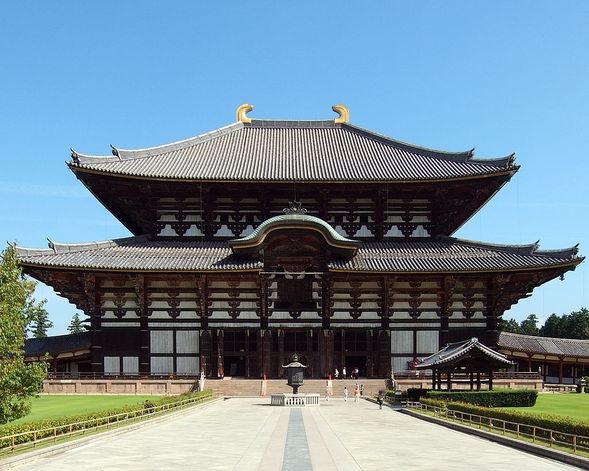Exclusive Customization | Quality Travel | Chinese-Speaking Driver-Guide | Experience Authentic Cuisine and High-Quality Service | One-on-One Service with No Hidden Costs
Options
Toyota Alphard 7-seater (Max 6 people)
Toyota Hiace 10-seater (Max 9 people)
Toyota Coaster 22-seater (Max 21 people)
The Highlight
Important Note: This product is a customized private tour. Please be sure to communicate with customer service to discuss the itinerary and confirm the price before placing an order!
-Top Choice 10-Hour Customized Private Car Service: You decide the time, attractions, and dining locations to create your exclusive Japan trip! -Exclusive Hotel Pick-Up and Drop-Off, Full Translation Service: Language barriers will no longer hinder your exploration of Japan! -Flexible Choice of Popular Attractions: No more rushed group tours—explore at your own pace! -Free Shopping Arrangements: No compulsory shopping stops. Pre-trip communication will help with route planning!
The Experience
Embark on a Japanese Adventure with Your Personal Driver Escape the hustle and bustle of city crowds and the hassle of public transportation. Customize your itinerary to explore iconic landmarks across Japan. Immerse yourself in Japanese culture, from vibrant markets to towering landmarks, while enjoying the freedom to explore at your own pace. This bespoke car tour will provide you with an unforgettable Japanese experience, allowing you to savor every moment independently.
- Vehicle Information - ・Vehicle Type: Toyota Alphard
Maximum Passengers: 6 (including children) Luggage Capacity: 3-4 pieces of 24-inch luggage or 2-3 pieces of 28-inch luggage ・Vehicle Type: Toyota Hiace
Maximum Passengers: 9 Luggage Capacity: 7-9 pieces of 24-inch luggage or 5-7 pieces of 28-inch luggage *If the number of passengers is less than the vehicle's capacity, additional luggage can be accommodated. *If the number of passengers and luggage exceeds the vehicle's capacity, the driver has the right to refuse service without a refund. Please be aware. *If you have more or larger luggage, it is recommended to book a suitable vehicle type to ensure all luggage can be accommodated. Any extra costs due to not adhering to the recommended passenger and luggage capacities will be borne by the traveler.
- Booking Information - ・When placing an order, please accurately fill in the number of passengers (including children) and the number of luggage pieces. If the number of passengers and luggage cannot be accommodated, we will negotiate with you to change the vehicle type or cancel the order. ・Please specify the pick-up and drop-off locations and addresses when booking. (Starting or ending in different locations may require time adjustment or additional charges) ・Provide your desired itinerary in the remarks when booking. If the itinerary cannot be arranged or does not meet regulations, we will negotiate with you to change the itinerary or cancel the order. ・If we cannot provide a suitable plan or are unsure if it can be arranged, please contact the seller for special handling and quotation. ・Be sure to provide your contact information, such as a mobile number or social media contact. If we cannot reach you, no refunds or changes to the order will be made. Please understand.
Guide Services
Languages Spoken by Guides
- Mandarin Chinese
- Japanese
Itinerary
- 【Mount Fuji (Fujisan)】 Mount Fuji (Fujisan) is an active volcano spanning Shizuoka and Yamanashi Prefectures, located about 80 kilometers southwest of Tokyo. With a peak elevation of 3,776 meters, it is the highest mountain in Japan.
- 【Hakone】 Hakone is a popular tourist destination near Tokyo and Mount Fuji, known for its beautiful scenery and diverse activities throughout the year. Visitors can enjoy stunning views in all four seasons. Conveniently located between Tokyo and the Kansai region, it is accessible by Shinkansen, with travelers disembarking at Odawara Station and touring Hakone before heading to Osaka and Kyoto.
- 【Great Buddha of Kamakura】 Standing inside the statue, contemplating life and the universe, this bronze statue of the Great Buddha of Kamakura dates back to the 13th century and is the second tallest bronze Buddha in Japan. It is an iconic landmark and one of the most visited tourist destinations in the Kanto region.
- 【Mount Omuro】 Mount Omuro, at an altitude of 580 meters, is one of the largest volcanoes in the Izu Volcanic Group. It erupted around 4,000 years ago, during the early Jomon period, with lava flows forming the Jogasaki Coast. Mount Omuro has a beautiful conical shape and serves as an excellent landmark for ships at sea, making it a beloved sacred mountain. The summit features a vast volcanic crater with a diameter of 300 meters, a circumference of 1,000 meters, and a depth of 70 meters. A "crater walk" around the summit offers a 360° panoramic view, including the Izu Islands in the Pacific Ocean, the Amagi Mountains, the majestic Mount Fuji, and the Southern Alps, providing a breathtaking natural landscape.
- 【Tokyo】 As early as the 18th century, Tokyo was already one of the world's largest cities, then known as "Edo," meaning "estuary," with a population exceeding one million. Initially a small fishing village, Edo was renamed "Tokyo," meaning "Eastern Capital," in 1869 when the 17-year-old Emperor Meiji decided to establish his residence there. It later developed into the most important political center of the Japanese Empire.
- 【Kitaguchi Hongu Fuji Sengen Shrine】 This shrine is called "Kitaguchi Hongu Fuji Sengen Shrine," where "shrine" means "jinja." "Sengen" is related to the old reading "asama" and is associated with Shinto animistic worship of volcanoes and the Asama branch shrines around Mount Fuji. Since ancient times, Mount Fuji has captivated people with its beauty while also posing the threat of eruptions. Originally, sacred mountains were considered the abode of gods, and people could not enter them. People hoped to purify their bodies and minds to climb the steep peaks. Later, Fuji pilgrims known as "Fuji-ko" emerged and flourished during the Edo period. Many historical military leaders in Japan favored this shrine, including Takeda Shingen, one of the most famous military leaders of the Sengoku period. The main deity is Konohanasakuya-hime no Mikoto, enshrined with her husband Ninigi no Mikoto and her father Oyamatsumi no Kami. These deities, representing the wife, husband, and father, are believed to protect marital harmony and family happiness.
- 【Kuonji Temple】 Kuonji (久遠寺) is a temple located in Minobu Town, Minamikoma District, Yamanashi Prefecture, Japan. It is the head temple of Nichiren Buddhism. The temple's mountain name is "Minobusan" (身延山). The principal image is the Three Jewels, the founder (establisher) is Nambu Sanenaga, and the founding priest is Nichiren.
- 00:00【Osaka】 Since the Nara period, Osaka has been a trade port due to its coastal location and the establishment of "Naniwa-kyo." During the Azuchi-Momoyama period, Toyotomi Hideyoshi built Osaka Castle and made Osaka the political center of the Toyotomi administration. In the Edo period, Osaka, along with Kyoto and Edo, was known as one of the "Three Capitals," becoming the most prosperous city in Japan's economic activities, earning the nickname "The Nation's Kitchen."
- 【Kyoto】 Kyoto is a city in the Kinki region of Japan, roughly corresponding to the central area of today's Kyoto City. Its history began in the 8th century with the establishment of "Heian-kyo," which was designated the capital of Japan in 794. It developed into a significant political and cultural center in Japan's medieval and early modern periods until the capital was moved to Tokyo in 1869. After a millennium of development, Kyoto, along with Tokyo, is now one of Japan's most iconic cultural showcases.
- 【Nara City】 Nara City is located in the northern part of Nara Prefecture, Japan. It is the largest city in Nara Prefecture and serves as the prefectural government seat, now designated as a core city. The main urban area is in the western part of the city, within the Nara Basin, while the eastern part belongs to the Yamato Highlands. Due to its proximity to Osaka City, about 20 kilometers away, and convenient railway transportation, the western part is also classified as a satellite city of Osaka.
Price Details
Add-on Items
How to Use
- Voucher will be sent via email. Please show your e-voucher at designated location.
Purchase Notice
1.Service Duration: The private car service is available for 10 hours per day (8 hours if starting or ending in a different area). The service time cannot be paused or restarted during the day. If the customer ends the tour early, no refund will be provided.
2.Pick-Up and Drop-Off: If the pick-up and drop-off locations are in different areas, the driver will need approximately 2 hours of empty travel time. Customer service will calculate your actual usage time or inform you of any additional charges. Please communicate details with customer service.
3.Included Costs: Vehicle usage fee, driver and guide fees, highway tolls (within 100 km in the city, 300 km outside the city; beyond these distances, a fee of JPY 150 per kilometer will be charged). For itineraries spanning different areas, such as Mount Fuji + Hakone, an inter-area service fee will be added. Please be aware of this beforehand.
4.Departure Time: Departure time cannot be adjusted on the day of travel. (For example, if a 10:00 AM departure is booked but the customer delays by 1 hour on the day, the 10-hour service still starts at 10:00 AM).
5.Overtime Charges: If service time exceeds the limit, an overtime fee of JPY 5000 per hour will be charged for vehicles with less than 14 seats, and JPY 10000 per hour for vehicles with 14 seats or more. Please pay the driver directly.
6.Driver Accommodation Allowance: If the driver needs to stay overnight outside the city area, an accommodation allowance of JPY 10,000 per night is required.
7.Service Hours: The service is available between 8:00 AM and 10:00 PM. For service outside these hours, a night service fee of JPY 5000 per hour will be charged.
8.Tour Guide: The service does not include accompaniment inside attractions. The driver will wait for you outside the attractions. If you need a guide to accompany you inside, please inform customer service in advance. Additional service fees and entrance/parking fees will apply.
9.Airport Transfers: Kansai Airport is not considered part of Osaka city, and Narita/Haneda airports are not part of Tokyo city. If you need airport pick-up or drop-off, it is not included in the standard package. Please inform customer service, and we will provide a detailed quotation.
10.Customized Private Car Service: This is a customized private car service, and fees may vary based on the itinerary and distance. For remote areas such as Izu, Nikko, Karuizawa, Kyoto, and Osaka, additional charges may apply. Please consult customer service before booking.
Cancellation Policy
- Cancellation made at least 8 day(s) before departure date, Fully refundable (100% refund)
- Cancel during 0 ~ 7 day(s) of departure, Non-refundable (0% refund)

